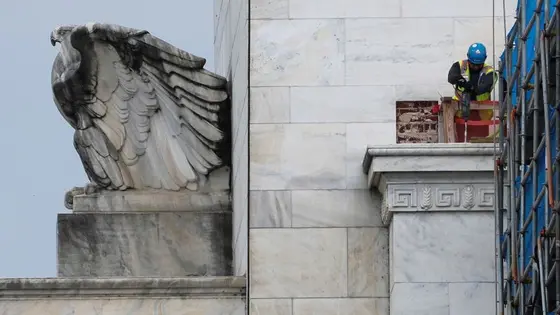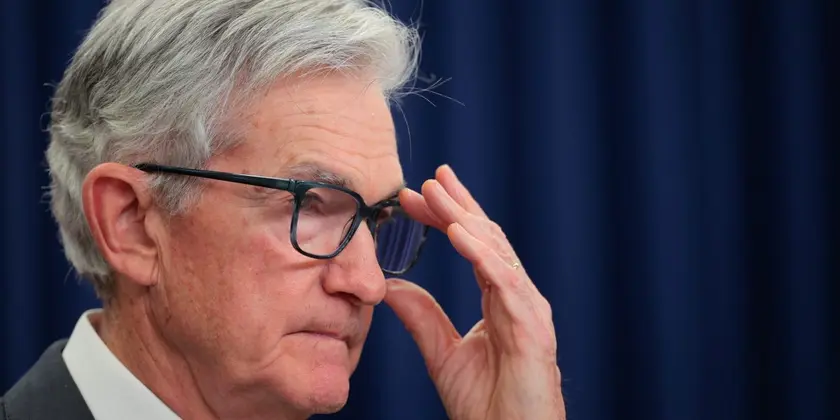T4K3.news
July jobs data boosts expectations for Federal Reserve rate cut
Weak job growth in July raises the likelihood of an interest rate cut in September.

The latest employment data is shaping expectations for a potential interest rate cut.
July jobs report strengthens calls for Federal Reserve rate cut
New data from the Labor Department shows that U.S. payroll growth was much weaker than expected in July, with only 73,000 jobs added. This figure is well below the forecast of 100,000 and comes with downward revisions for previous months, resulting in an average gain of just 35,000 jobs over three months. Analysts are now increasingly anticipating that Federal Reserve Chair Jerome Powell will cut the base interest rate at the next FOMC meeting in September to support the faltering job market.
Key Takeaways
"The revisions to the payroll data reveal deeper weaknesses in the labor market."
This statement highlights the troubling state of U.S. employment following new Labor Department data.
"The probability of a rate cut surged to 87% after the payroll data was released."
This reflects the market's reaction to disappointing employment growth and necessitates a rate cut.
"Joblessness ticked higher, but there's little reason to expect a sharp increase in the unemployment rate over the next months."
This statement indicates optimism amid weak job growth, suggesting stability in the labor market's outlook.
"July's job report places significant pressure on the Fed to reconsider its monetary policy approach."
This comment illustrates the implications of the employment data on future Federal Reserve decisions regarding interest rates.
The July employment numbers present a crucial turning point for the Federal Reserve. The revisions to the payroll data not only reveal deeper weaknesses in the labor market but also reflect broader economic challenges including rising tariffs affecting consumer sentiment and business investments. Such economic conditions are often perceived as requiring monetary easing to stimulate growth. With President Trump’s dismissal of key labor statistics officials, the political environment further complicates the actions of the Fed, indicating that internal pressures could influence rate decisions in the coming months.
Highlights
- A significant downgrade in job numbers may force the Fed's hand on rate cuts.
- Investors shift outlook as economic data suggests a looming recession.
- Political pressures could shape the Federal Reserve's rate decisions in September.
- Weak labor data increases calls for action from the Federal Reserve.
Political and economic sensitivity surrounding interest rates
The revised employment figures have intensified market expectations for a Federal Reserve rate cut, leading to potential conflict with political pressures. The situation is complicated by President Trump's criticism of labor statistics officials and the resignation of a key Fed member, which raises concerns among investors about the independence of monetary policy.
The unfolding economic scenario will likely influence both monetary policy and political maneuvers.
Enjoyed this? Let your friends know!
Related News

Inflation Data Tests Fed Policy

US economic indicators show slow growth

Trump's economic week critical for policy impact

Key week ahead for oil markets as OPEC and Fed meet

Weak July job numbers spark fears of economic slowdown

Weak jobs data raises expectations for Fed rate cuts

Markets hold after weak data and tariff shocks

Top Fed official pushes for rate cut
